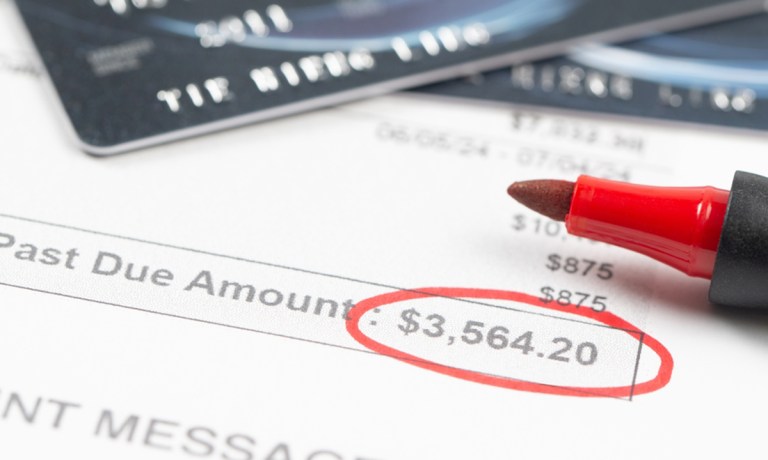Despite the volatility month to month on credit card debt, per government reports, the trend remains, generally, upward and to the right.
And for consumers already shouldering that card debt, where historically high interest rates are a hallmark, even with recent interest rate cuts, personal loans and debt consolidation offerings beckon.
The latest consumer credit data from the Federal Reserve show that in August, total debt was up 2.1% on an annualized pace, to just under $5.1 trillion. Within that data, revolving debt, which includes cards, decreased at an annual rate of 1.2%, while revolving credit was up by 3.3%. Total revolving debt, at the most recent reading, was more than $1.3 trillion, compared to just under $1.1 trillion in 2019, before the pandemic.
Higher Rates
Interest rates on that card debt have soared over that timeframe, from about 15% in 2019 to about 22% today. PYMNTS Intelligence data has found through the past several months that beyond the fact that 43% of consumers revolve their card balances, about 57% of cards are held by paycheck-to-paycheck consumers, and more than two-thirds of struggling consumers revolve balances, which indicates continued pressure on making those monthly payments.
In addition, as noted in separate Fed data released over the summer, about 9% of card balances had transitioned into delinquency status through the past year, and the percentage in serious delinquency status, at 7.1% as of the end of the second quarter, was up from 5.1% in the corresponding second quarter of 2023.
Among the avenues for some relief, so to speak: debt consolidation loans and personal loans, too, where, in the first instance, multiple cards (and other debt) can be rolled into a single loan and a single payment. In the second instance, a personal loan can be used to pay off more expensive debt, and the personal loan itself carries a relatively lower (and more affordable) rate. The latest Fed data offers a snapshot on personal loans, where 24-month loans have carried an interest rate below 12% at the most recent instance. TransUnion has reported that personal loans as of the end of the first quarter of this year were up 9% to $245 billion, up from $144 billion in the first quarter of 2021.
Advertisement: Scroll to Continue
Partnerships and Platforms
Elsewhere, new solutions are being launched to offer debt consolidation loans. As noted this past week, Experian Consumer Services has launched a partnership with non-bank lender Oakbrook.
The collaboration will offer debt consolidation loans on the Experian Marketplace, using technology from Experian’s recent partnership with affordability software/payments firm Paylink.
Online platforms — LendingClub and SoFi among them — have also seen demand for loans. SoFi’s latest earnings results show that in the latest (second) quarter, personal loans (which can be used for dent consolidation), personal loan originations were $4.2 billion, up from the $3.3 billion seen in the first quarter, and up from the $3.7 billion seen in the second quarter a year ago. For the platforms, there’s also the opportunity for cross-selling, as management noted in the most recent earnings call that SoFi Plus, its premium membership tier, customers enabling direct deposit get discounts on their personal loan rates.
LendingClub, for its part, said in its second-quarter results that loan originations were up 10% in the most recent period to $1.8 billion. CEO Scott Sanborn noted on the conference call with analysts, as PYMNTS reported at the time, that consumers are gravitating to the company’s platform to help pay off their credit card balances.

